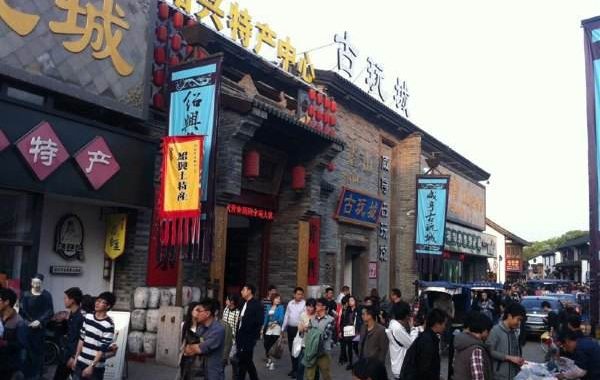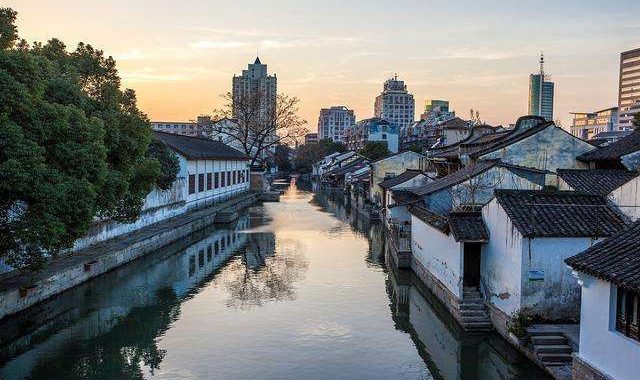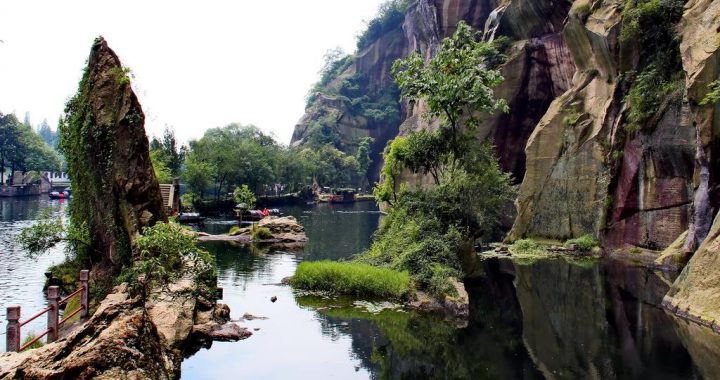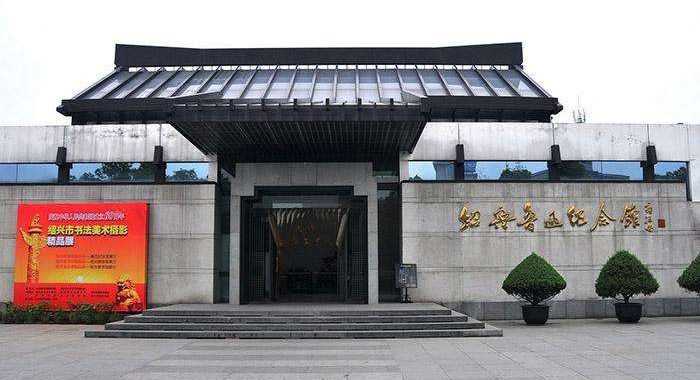Chinese Wine and Spirits
3 min readIt’s easy to get drunk cheap in China and for some, it may be an opportunity worth taking. Cultural barriers disappe lry and camaraderie of a shared drink For every tale of Chinese history and tradition that are stodg are a thousand more coun fascinating stories about the country and its people that are told over the fifth glass of baijiu Inebriates often eulogize the inventor of alcohol but in China it’s unclear to whom the praise is due. Some say it was Yi Di, a daughter of one of the rulers of the Xia dynasty. According to legend, after one taste, dad immediately banned the fiery liquid fearing that a future ruler would overindulge himself and lose the throne. Others say it was a man named Du Kang, also from the Xia, while some date it even earlier to the mythic Huang Emperor. For still others, alcoholic drinking occurred in harmony with the creation the universe.
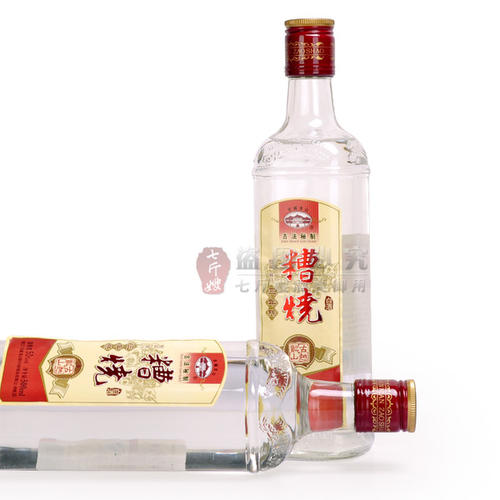
Less speculatively, 5, 000 year old alcohol-drinking ves cohol-drinking vessels were discovered in Shandong Province in 1987. An early milk-based drink called by liquor distilled from cereals. Those who first drank this liquor must have thoroughly enjor records are incomplete and scientists can t decide whether it was pioneered in the Eastern Han, Song, Tang or Yuan dynasties. The cereal based concoctions have evolved into modern Chinese spirits called baijiu (white alcoho There are number of different kinds of baiiu, the most popular being the expensive Maotai (motai and the drunk, to the consterr those who They are white, clear liquids with strong and lasting aroma, and are en offered a toast, in whole shots from small glasses. During meals, the Chinese toast almos noted that the being clinked to shouts of ganbei (bottoms up ganbei). It should be espectful you are his custom leads to glasses being scraped along tabletops in shows of exc Beer (lans first brewed in the foreign concessions uring the early-20th century the Russians in Harbin and the Germans in Qingdao. Tsingtao (Qingdao) Beer is famous in China and abroad, but it was only in recent years that consumption of beer overtook that of baijiu.
Wine (putaojiu production is limited, with the most famous vintages made from the grapes of the arid Xinjiang Uyghur Autonomous Region. Traditional Chinese wines are sweet and low in alcohol, while Western-style brands are passable with improving standards.
Appreciation of whisky, vodka and other foreign drinks remains limited. Keen to break into the market, Jack Daniel’s has been steadily establishing a name for itself, as has Chivas Regal. They can cost over twenty-five times the price of their Chinese rivals.
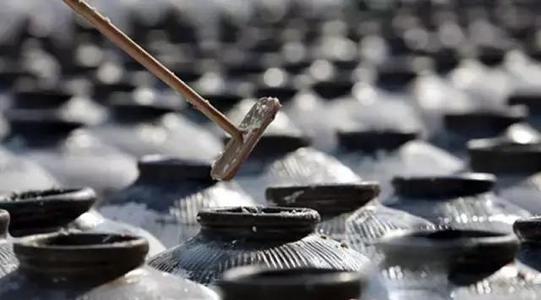
One peculiar bridge that connects the in Shaoxing is called the Bazi Bridge(bazi qiao) because it looks like the number eight(ba) in Chinese. Thio idge exceptional bridge connects three streets over three waterways. It’s over 16 feet 5 m high, and uses large rocks for the walking surface. With the railings also made of stone, this srear-old bridge was made last. The bridge and the surroundins area offera buildings covered by black tiled roofs.
A visit to Shaoxing is more than escaping the frantic city to a quiet water-crossed city; it’s taking a step into history and paying homage to some of China’s most influential and prestigious movers and shakers.
